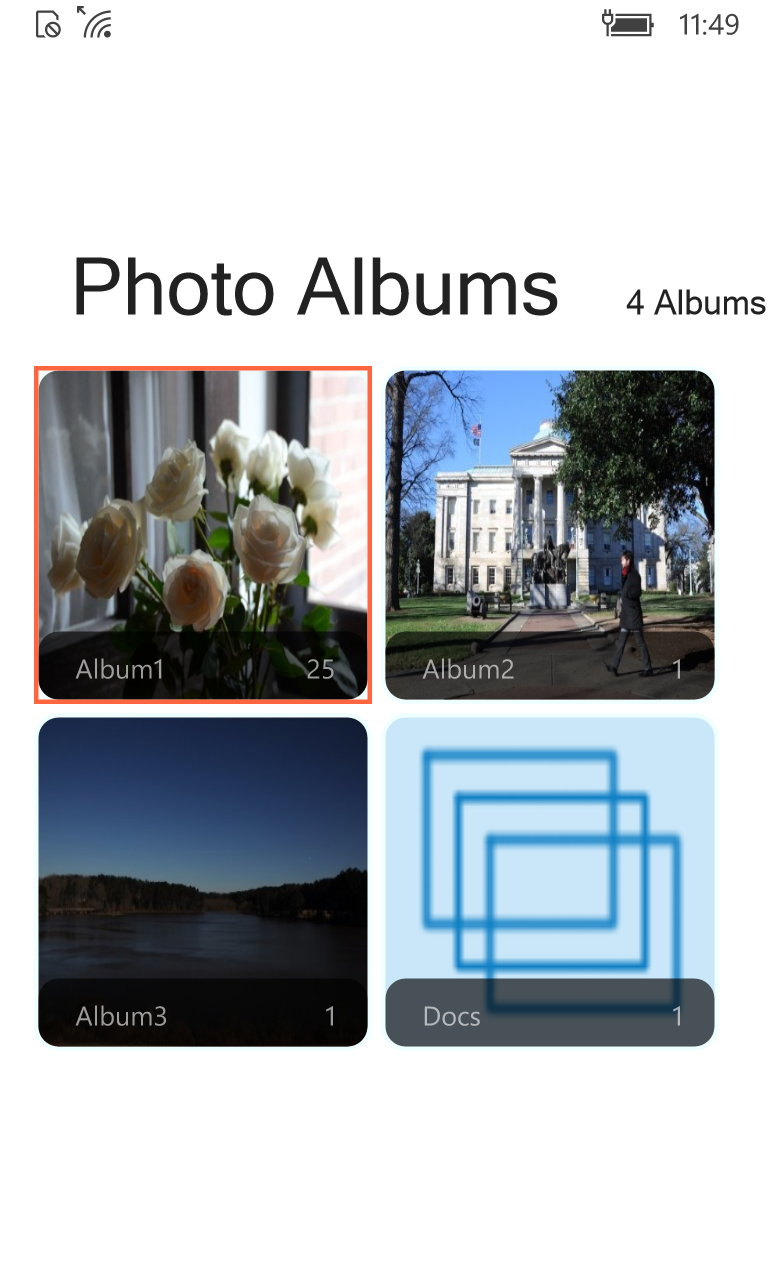It’s been a couple of weeks since we talked about TouchXPRT 2016. I’m happy to say that we have made great progress since then.
The UI is adapting to the different form factors very well. We’ve tested the resizing on phones and on tablets with the screen snapped to half and quarter screen. While a couple of UI elements still need work, we’ve had no problems running the tests. Here’s how TouchXPRT looks on a phone:
We have also greatly simplified installing the application on phones, so we’re no longer concerned about that.
All in all, things are looking good for releasing the community preview soon. However, we’re going to wait until we can test on the Windows 10 Fall Update (Threshold Build 2). That’s supposed to be released on November 2. We’re not expecting any problems with the Fall Update, but it’s always to wise to check.
November can’t come quickly enough!
Eric














